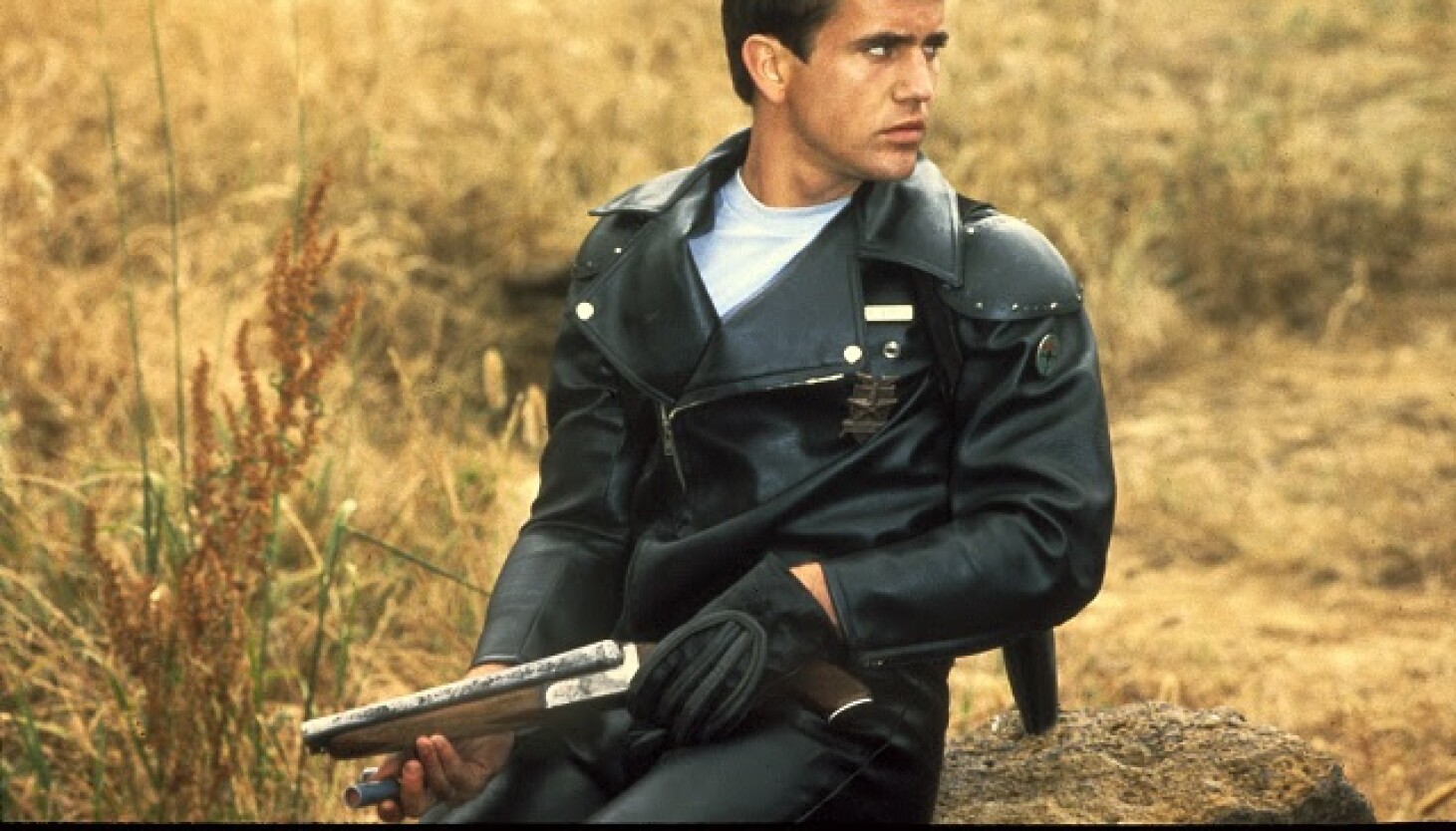Revisiting the original “Mad Max” on the 45th anniversary of its release is like watching video footage of a garage punk band in its nascent stages, before it exploded into arena-filling greatness and achieved generation-spanning iconic status.
Director and co-writer George Miller was working as an emergency medicine doctor in Australia while trying to break through as a filmmaker — and he did so in spectacular fashion after scrounging up $350,000 ($1.5 million in today’s dollars) to deliver a raw, gritty and brutal drive-in-style action movie with groundbreaking stunts and astonishingly accomplished camerawork.
It took a while for “Mad Max” to catch on stateside, in large part because of the decision to dub American voices over the Australian actors for the initial release here, but “Mad Max” raked in $98 million worldwide and kicked off a landmark franchise, spanning the original trilogy of films from 1979-1985 and returning in spectacular fashion decades later with “Mad Max: Fury Road” (2015) and “Furiosa: A Mad Max Saga” earlier this year.
On my rewatch, I was once again blown away by the incredible practical effects, including the extended chase sequence that opens the film. With director Miller employing the services of a real-life motorcycle gang called the Vigilantes, the stunt work is visceral, with the camerawork pulling us into the middle of the madness. (Somehow, the collisions have an almost Road Runner-esque quality while also feeling utterly realistic.)
I was also reminded that “Mad Max” has many thematic elements of a traditional Western, e.g., the sequence when the malevolent Toecutter (Hugh Keays-Bryne) and his maniacal gang ride into town (“We’re here to meet a friend, coming on the train”) and terrorize the locals. Later, it’s a pure horror film when Max’s wife Jessie (Joanne Samuel) finds herself alone in the woods, desperately trying to escape an unseen predator(s) closing in on her.
“Mad Max,” available for streaming on (of course) Max, is screening at 4:15 p.m. Saturday at Alamo Drafthouse Wrigleyville. If you’re gearing up to rewatch it or check it out for the first time, some other notes and observations to keep in mind:
* Mel Gibson was an unknown 22-year-old when “Mad Max” was filmed, and though he had instant movie-star charisma, his line readings are a bit flat, to be generous. Gibson’s growth as an actor was rapid and impressive; by the time he was starring in “Gallipoli” and “Mad Max 2” in 1981, followed by “The Year of Living Dangerously” in 1982, he was well on his way to becoming a genuine movie star. (Of course, his later years will forever be tainted, and rightfully so, due to his horrific racist, sexist and antisemitic diatribes.)
* Director Miller gives Max Rockatansky a cinematic intro worthy of a Clint Eastwood character in a Western, providing us glimpses of Max’s boots, his hands, him taking his gloves from the dashboard and his visage in the rearview mirror of his 1974 Ford Falcon XB S Sedan, aka the Yellow Interceptor, before he pursues the notorious and utterly psychotic “Nightrider” (Vincent Gil) and his girlfriend (Lulu Pinkus), literally riding their bumper and sending them to an explosive demise.
* “Mad Max” is set in a dystopian near future, and Max is already the baddest and best cop on a beleaguered force dealing with a crime-riddled, quickly disintegrating society — but he’s not yet “Mad.” He resigns from the Main Force Patrol and goes rogue after Toecutter and his insane protégé Johnny the Boy (Tim Burns) send his best pal Goose (Steve Bisley) to a fiery death. Before that, we see the domesticated Max enjoying his downtime in an idyllic, seaside home with his devoted wife Jessie and their toddler son, Sprog (an informal term for a baby). We see Jessie wailing on a saxophone, as if she’s contributing to the obligatory jazzy action score, in a house that’s filled with plants and toys (there’s a miniature Interceptor on the counter), and Max making toast and coffee, and love all around. It’s a wonderful life!
* Until it isn’t. The sequence in which Toecutter’s gang runs down Jessie and Sprog in the middle of the road, while shot from a distance, is absolutely terrifying. From that point forward, Max is interested in only one thing: revenge.
* A number of actors from the franchise have appeared in multiple “Mad Max” films — sometimes reprising their roles, sometimes playing entirely different characters. The late Hugh Keyes-Byrne, who hams it up so effectively as Toecutter in “Mad Max,” returned to play Immortan Joe in “Mad Max: Fury Road,” while Tim Burns, aka Johnny the Boy in the original, played Hungry Eyes in “Furiosa: A Mad Max Saga.”
* Before Tina Turner’s classic recording of “We Don’t Need Another Hero (Thunderdome)” for the third entry in the franchise in 1985, there was a reference to heroics in the original. When Max tells Captain “Fifi” Macaffee he’s quiting the force, Fifi pleads with him to stay, exclaiming, “They say that people don’t believe in heroes anymore, well damn them! You and me, Max. We’re going to give them back their heroes.”
Max’s reply: “Do you really expect me to go for that crap?”
He was already well on his way to becoming a classic anti-hero.

